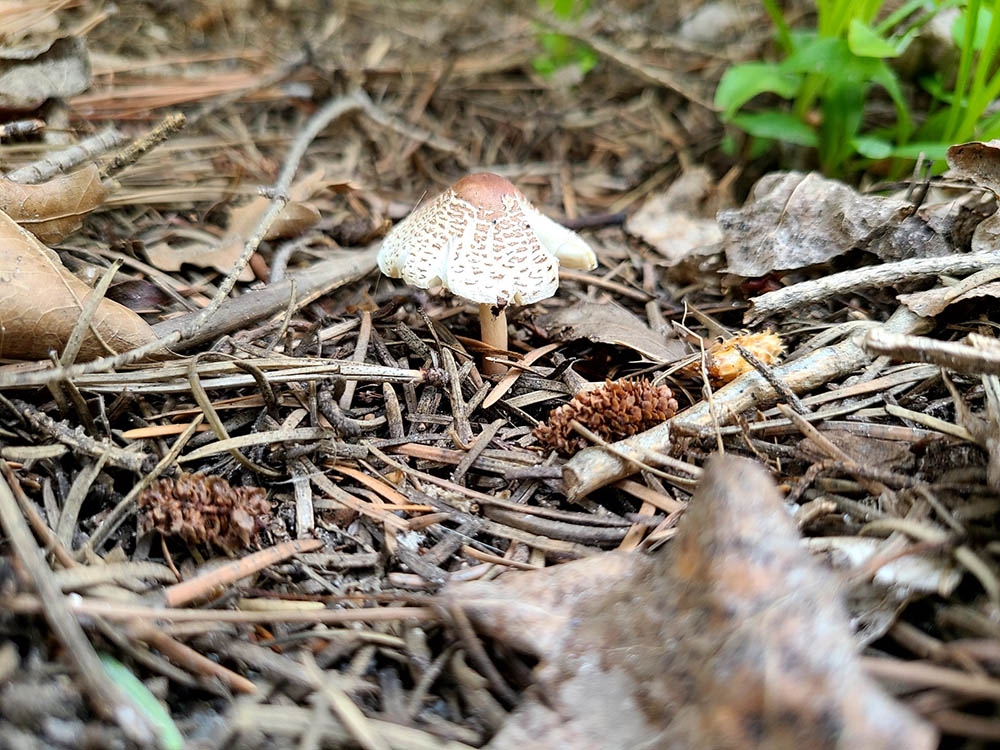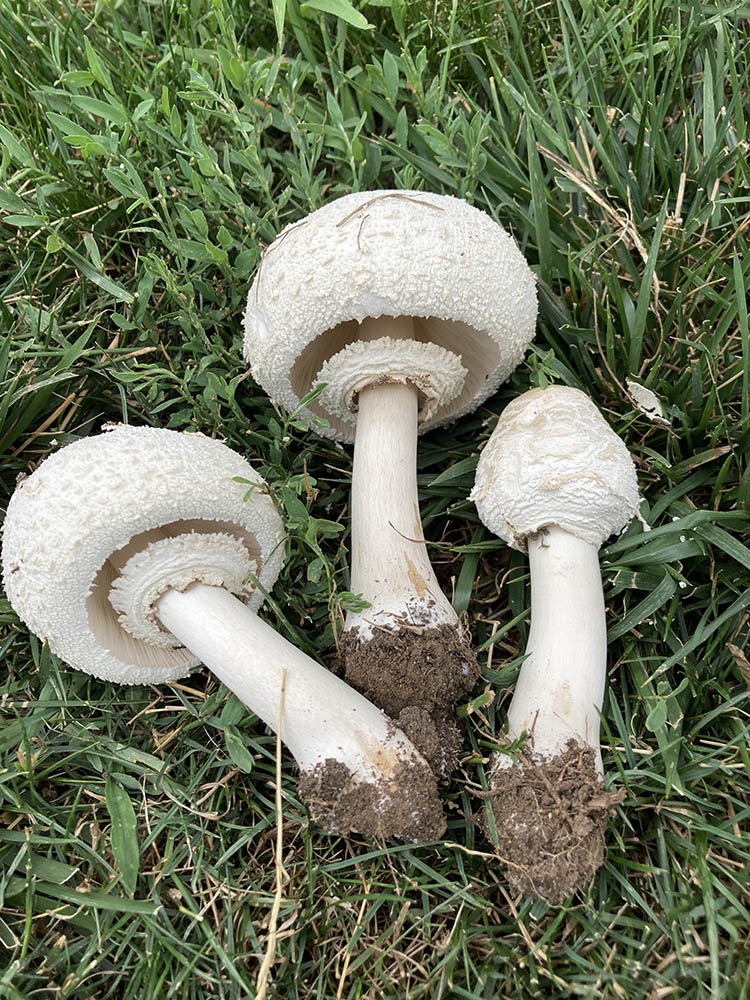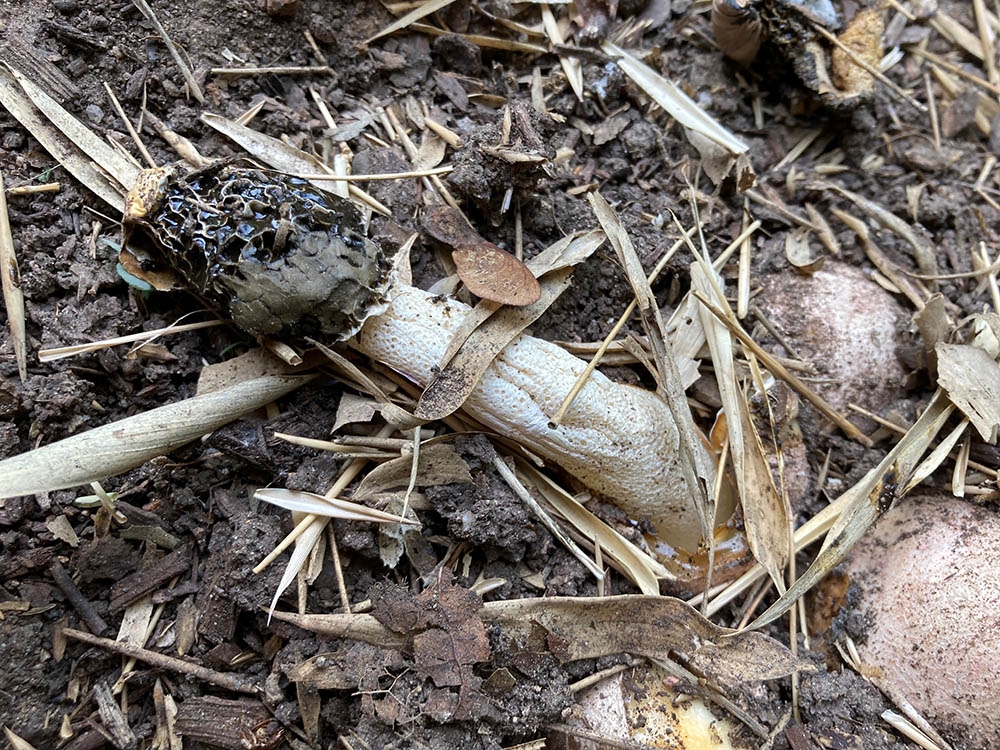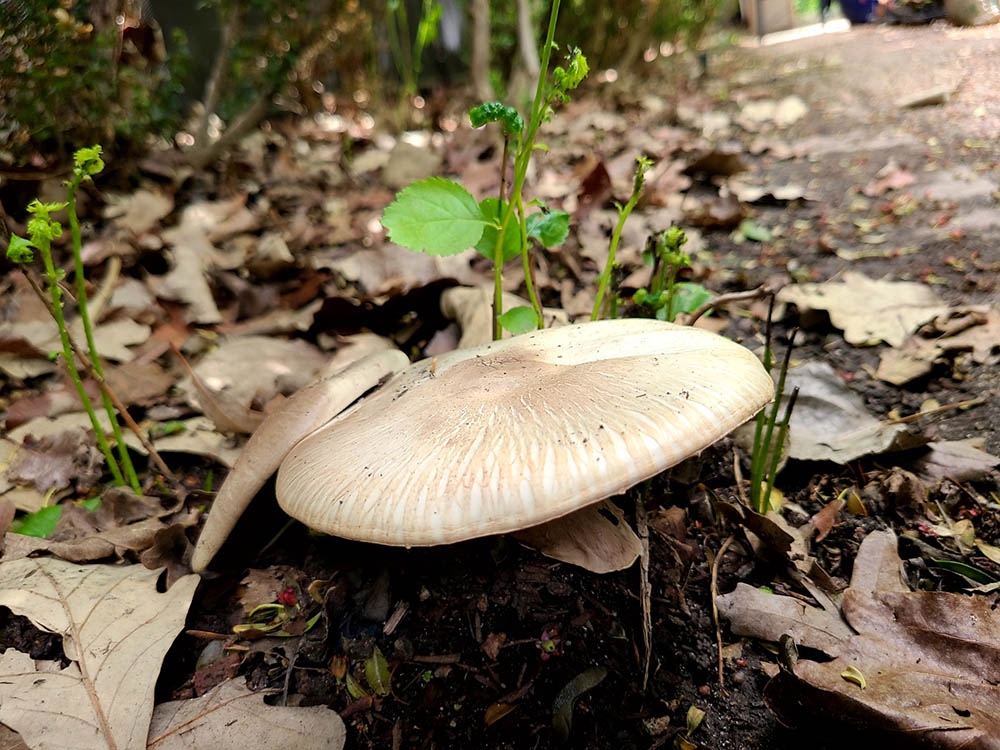Mushrooms Sprang in the Wet Spring
It was a wet, wet, wet spring in Denver. I moved here in 2017 and I have not experienced such a verdant spring since my arrival. As such, I got more than my fair share of mushroom inquiries. Recently I’ve answered questions from a concerned dog owner who passed along pictures of a Stropharia mushroom and some primordial birds nest fungi growing in the wet mulch of a local dog run. Apart from telling him to pick up and toss the mushrooms and enjoy the birds nest fungi, there’s not much else that can be done other than monitor what your four-legged, furry child sticks in his or her mouth.
But this got me wondering about what people saw during our wet, wet, wet spring. To find out, I jumped onto iNaturalist to see what others around Denver put on the app since June 1. In the first 12 days of June in Denver County, there were a total of 103 mushroom observations on iNat representing 42 species. Several observations of the beautiful but potentially poisonous Chlorophyllum were made. There was also the beautiful Lepiota lilacia surfacing in mulch and yards. Then there was the fun but adult-rated Phallus hadriani. These are fun because they often start off as rubbery eggs. I get a kick out of startled gardeners who believe aliens have laid offspring in their mulch beds. When they come out of their shells, these impudent alien forms definitely don’t conform to polite societal standards!
What sort of surprised me was the lack of Agaricus barnardii observations on iNat; they’re so abundant in Denver’s parks that they’re almost a weed. However, they’re easy to ID because they look like a fat portobella mushroom, but smell kind of like the ocean. Another species that people didn’t put on iNat in early June was Coprinellus micaceous. This is truly a weedy mushroom species because when it’s wet, you always see it fruiting in large “inky” bouquets at the base of trees and tree stumps. One of our most common wood-eaters, it is mushrooms like this that return stumps back to the soil.
As a mycologist, this is a fun time of year to help people explore their mushroom curiosities. There’s a ton of diversity out there, and each one of the species mentioned above can be found around Denver’s Capitol Hill neighborhood and Denver Botanic Gardens. For those who are truly enthusiastic, the best way to gain experience in mushroom identification is to join your local mushroom club. Check out the Colorado Mycological Society. They have monthly meetings at the Gardens, and you can go there to meet with other mushroom enthusiasts who are happy to share their knowledge. Better yet, join the society and go on a local mushroom foray!
This article first appeared in the July issue of Life on Capitol Hill.
Gallery




Add new comment